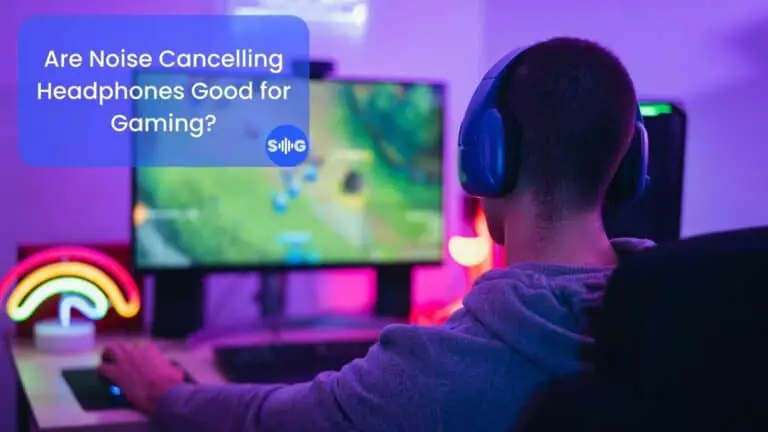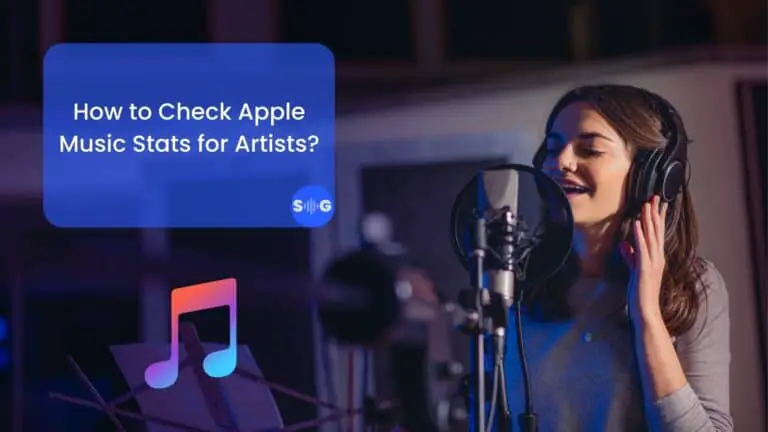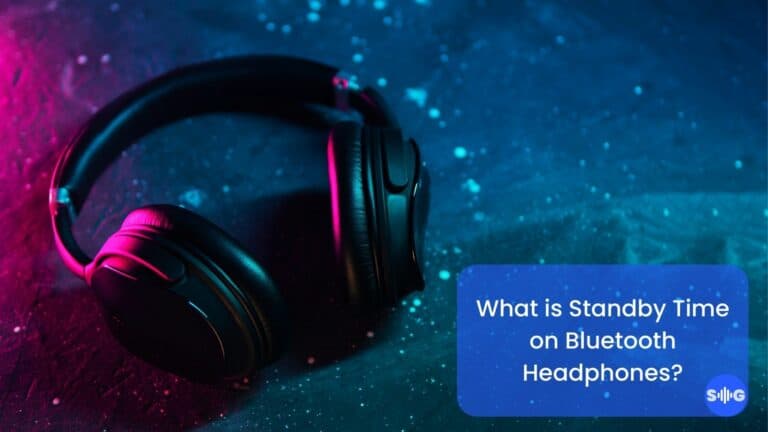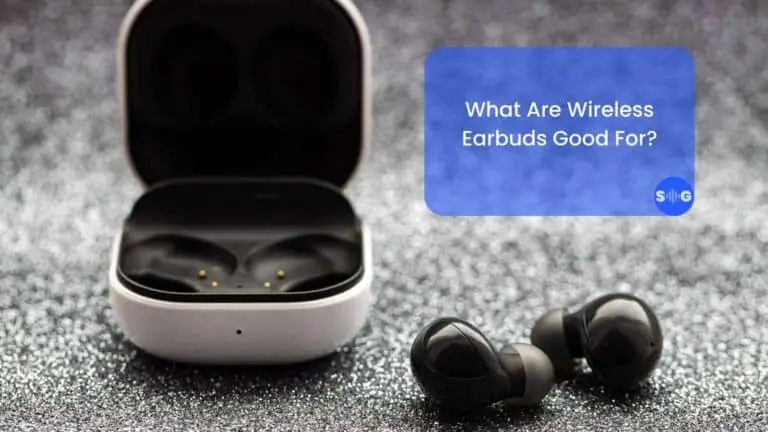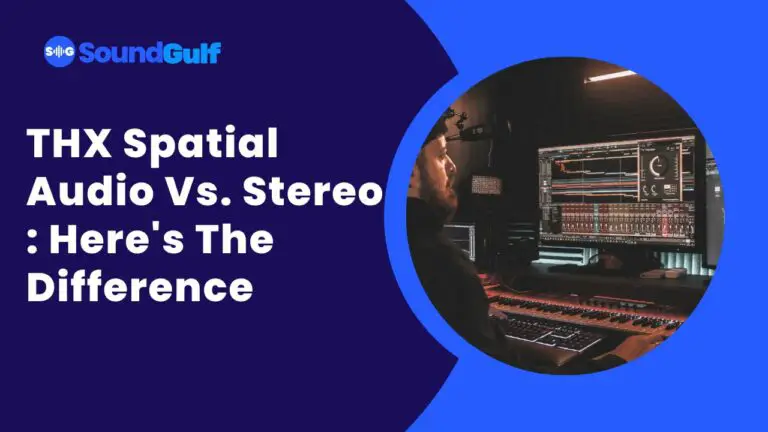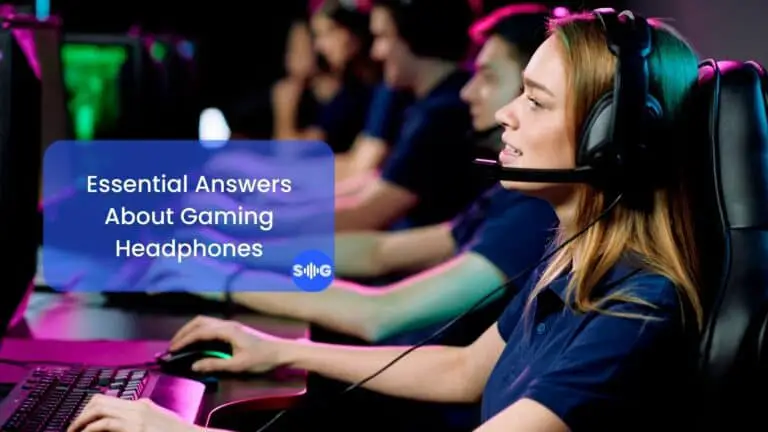Do All Noise Cancelling Headphones Need Batteries? (Explained)
This post may contain affiliate links, and we will be compensated if you buy after clicking on our links. Learn More
On the outside, it seems like a silly question. There are a ton of noise-cancelling, wired headphones out there. So, what’s the deal with batteries? Well, that’s because the world of noise cancellation and noise isolation gets pretty confusing.
All “active” noise-cancelling headphones require batteries. Active noise-cancelling (ANC) and noise isolation, or even passive noise-cancellation, are not the same thing. If the headphones are wired and have ANC, there’s a battery in there somewhere.
If you haven’t noticed, you should go back and take a look at several wired and wireless headphones. Look for the terms “ANC (Active Noise-Cancellation)” and “noise isolation. ANC is almost always associated with wireless while noise isolation is associated with wired.
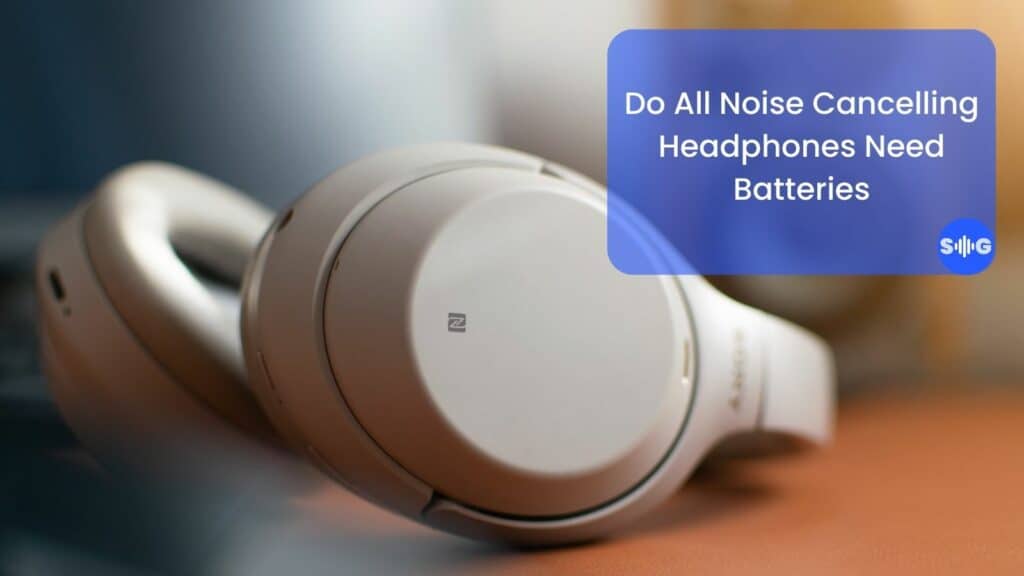
Why Does Active Noise-Cancellation Require Batteries?
There are two parts to an active noise-cancelling setup. The first is the microphone that sits outside of the main guts of the earpiece. This microphone only has two jobs and that’s to listen for outside noise and transmit that outside noise to a specific circuit.
The circuit is the second part and it’s responsible for matching the incoming noise sent to it from the microphone and sending out soundwaves equal and opposite of those noises. The outgoing noise created by this circuit cancels out the incoming noise.
These two features of active noise-cancelling technology are independent of the rest of the headphones or earbuds. As far as the headphones/earbuds are concerned, everything is okie dokie and it goes on playing whatever you’re listening to.
There are two reasons that ANC requires battery power, even if you are using a wired setup (these are rare and difficult to find). The first is that the ANC process is separate from everything else. Normally, you would think that a wired setup could compensate for this and that brings us to the second point.
AUX connections maintain enough power to operate the basic functions of a wired headset. However, an AUX connection doesn’t provide enough power to run both the audio functions of the headphones and a separate ANC system.
Passive Versus Active Versus Noise Isolation
To better understand why ANC requires a battery, regardless of the device in which it’s used, it’s best to understand the noise-cancelling process in general. There are three types, though noise-isolation and passive are essentially the same thing.
Then there’s the fact that Active Noise Cancelling technology is broken down into three parts on its own. It’s easy to see why noise-cancelling technology ends up so confusing for some, especially when you start mixing in wired and battery power sources.
Passive Noise-Cancelling
Passive noise-cancelling is merely the reduction in noise caused by wearing headphones or earbuds. It’s a physical design, rather than the utilization of soundwaves. Manufacturers design the headphones or earbuds in such a way that the fit reduces outside noise.
They also use specific materials designed for noise isolation, as you might find in a church or an auditorium, where they use insulation and noise-dampening materials in the walls to keep out exterior sounds.
Noise Isolation
Noise isolation is the same as passive noise-cancelling. It’s the most common term you will find in over-the-ear headphones. The materials that go into the headphones are naturally, noise-dampening, creating an isolating effect.
The term passive noise cancellation probably became a distinct and separate term because it applied to earbuds more often than headphones.
Active and Advanced Active Noise Cancellation
We’ve covered what Active Noise Cancellation is above, however, there are basically three types of ANC technologies. The first is feedforward, which is the most common type described above. The second is “feedback” and the third is “hybrid.”
Feedback Active Noise Cancellation is frequently seen in over-the-ear headphones and, like feedforward, requires battery power, even if the headphones in question are plugged in through an AUX cable and drawing power from the amplifier.
Feedback works like feedforward but it has more directional efficiency, basically known as self-correcting.
Hybrid Active Noise Cancelling technology is often seen as “advanced ANC.” The term “hybrid” simply means it’s a combination of feedback and feedforward technology, providing the user with the best of both worlds.
Passive and noise-isolation technologies do not require a separate battery to operate, whether you are using wired or wireless headphones. Any kind of ANC, however, requires battery power to operate, even if the headphones are wired.
For that reason, wired headphones usually feature noise-isolation technology. If you want the ANC feature in your headphones, you’re more likely to find it in the many wireless options available on the market today.
Bottom Line
Passive and noise isolation features do not require a battery to operate because they are not electrical. They’re just materials used in the manufacturing process that dampen exterior sounds. Active noise cancellation does require its own battery, even in a wired setup because AUX connections lack the required power.
Sources
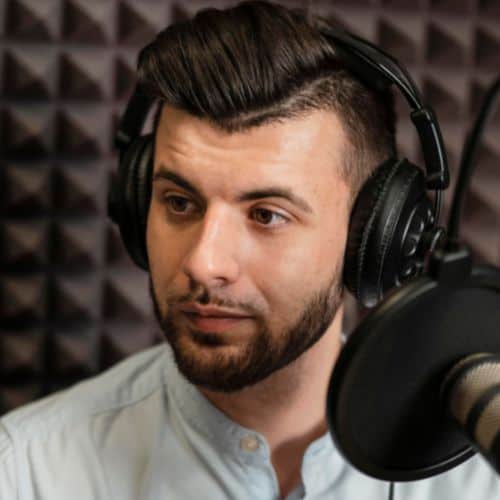
John Wilson
As a writer and passionate music lover, I write and contribute to many interesting things, especially audio equipment. I have a unique perspective and often write about things that nobody else does. This makes me a great resource for anyone looking for new and exciting information. I hope that my writing can be a source of inspiration for you.

John Wilson
As a writer and passionate music lover, I write and contribute to many interesting things, especially audio equipment. I have a unique perspective and often write about things that nobody else does. This makes me a great resource for anyone looking for new and exciting information. I hope that my writing can be a source of inspiration for you.
